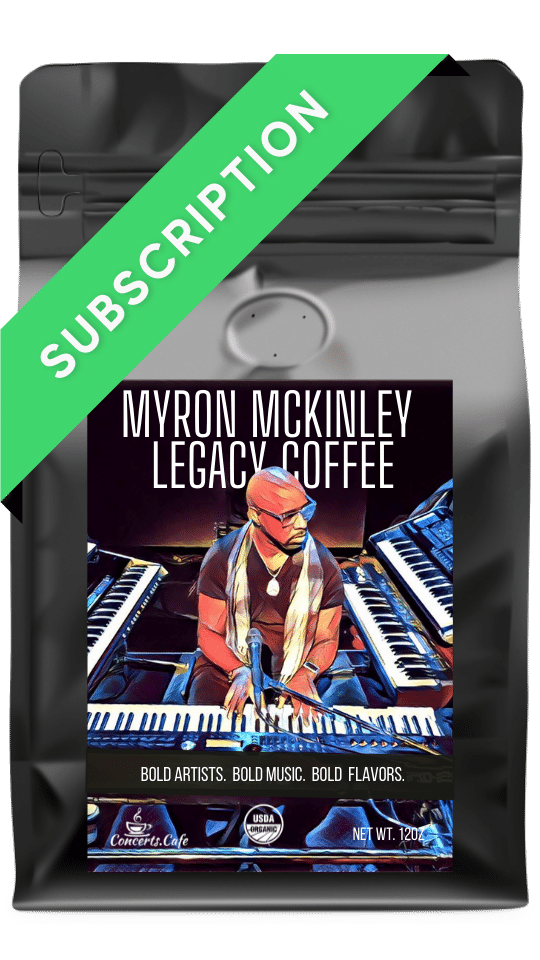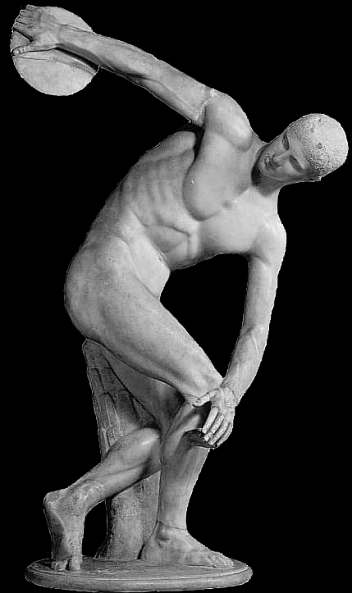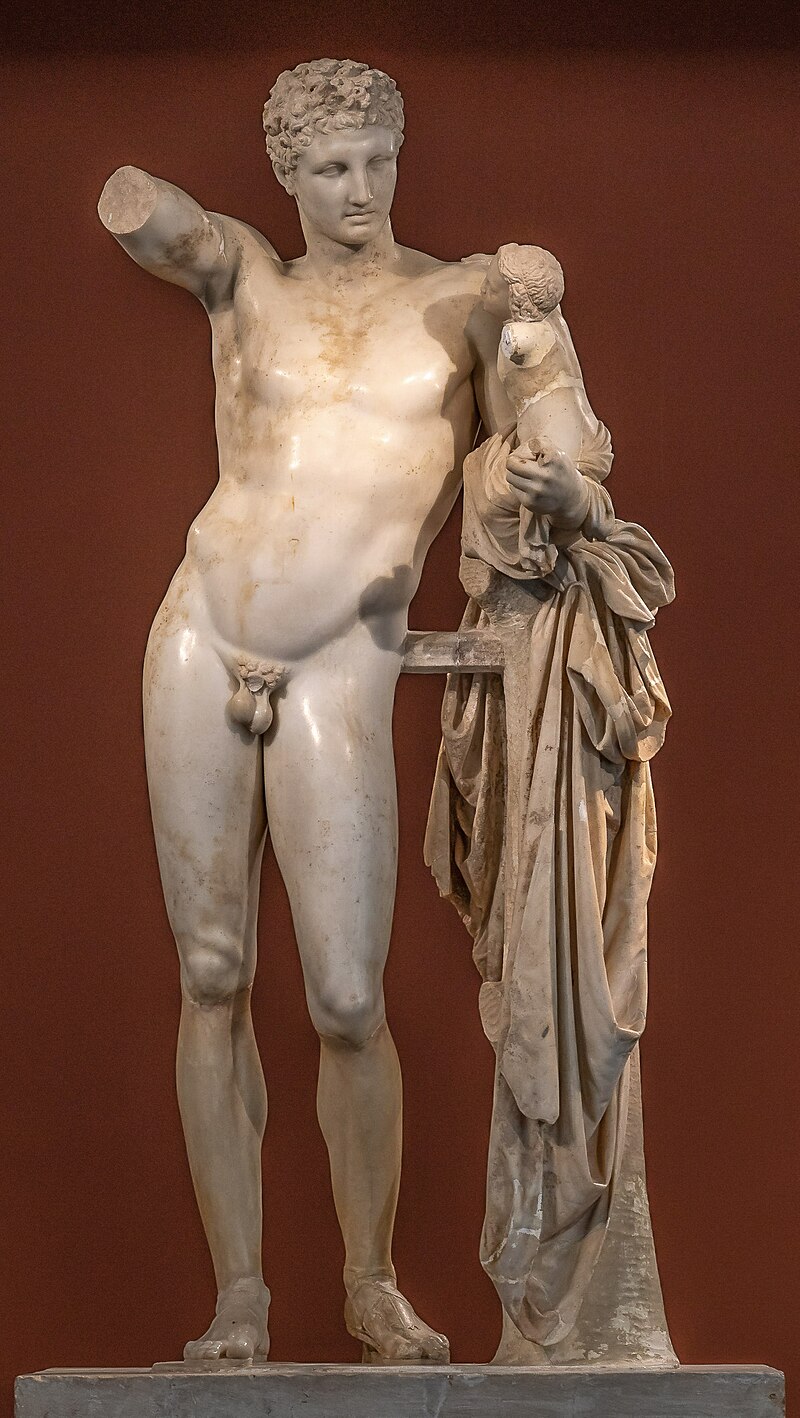Myron: The Sculptor Behind the Timeless Art of Classical Greece
Introduction to Myron's World
In the rich tapestry of ancient Greece, where art and philosophy intertwined with the fabric of everyday life, Myron stands out as a luminary whose work continues to captivate the imagination of modern society. Flourishing during the mid-5th century BCE, Myron of Eleutherae was an exemplary figure in the field of sculpture, primarily known for his artistic prowess in bronze. His legacy, captured in both the nuances of classical texts and the enduring admiration for his creations, offers us a window into a world where art was not merely decorative but deeply intertwined with human expression and cultural identity.
The Historical Context of Myron's Life
Greece in the 5th century BCE was a landscape brimming with intellectual vigor and artistic innovation. This period, often hailed as the height of the Classical Era, witnessed the rise of democracy in Athens, the philosophical teachings of Socrates, and a flourishing of literature and theater. It was within this vibrant cultural mosaic that Myron honed his craft, learning under the tutelage of established artisans and eventually developing a distinct style that would leave an indelible mark on the history of art.
Although the exact details of Myron's life remain obscured by the passage of time, it is widely acknowledged that he hailed from Eleutherae, a small town on the border between Attica and Boeotia. His cultural context was one of competition and excellence, where artists were not only expected to create works of beauty but also to participate in the intellectual and civic life of the polis. This environment, rich in its demand for artistic excellence and intellectual rigor, provided the perfect setting for Myron to evolve into one of classical Greece's most renowned sculptors.
Innovations in Sculptural Technique
Myron's work is particularly celebrated for its dynamic realism and the way it captures motion, a significant departure from the more static poses typical of earlier archaic sculptures. He was a pioneer in exploring the human form in action, rendering scenes that conveyed a sense of movement and vitality.
One of his most famous works, the "Discobolus" or "Discus Thrower," exemplifies his genius. Though the original bronze has been lost to history, Roman marble copies offer us a glimpse of its elegance and power. The figure, depicted at the height of its arc, marries physical tension with aesthetic grace, showcasing Myron's mastery over both form and anatomy. This piece wasn't merely a celebration of athletic prowess; it was an exploration of physical perfection and the transformative power of sport—a subject close to the heart of Greek culture.
Symbolism and Cultural Significance
Beyond the technical brilliance, Myron's sculptures held deeper cultural and philosophical significance. His works often embodied the Greek ideal of "arete," a pursuit of excellence and virtue that permeated every aspect of Greek life. The embodiment of youth, strength, and balance, seen in the "Discobolus," reflects the Greek admiration for athletic prowess and the celebration of human potential. This enthusiasm for the athletic form can be tied directly to the integral role of sports and competition in Greek society, symbolizing the pinnacle of human achievement and the communal values that supported it.
Myron's sculptures also demonstrate a keen understanding of symmetry and proportion, flawed in ways only overtly apparent when the inspiration behind them is questioned by the discerning eye yet appearing flawless in their intended aesthetic. His work was not limited to human forms; he also delved into animal sculptures, capturing them with a realistic yet artistic flair that showcased his versatility and depth of observation.
Enduring Influence of Myron's Art
Myron’s influence extended far beyond his immediate circle and time, laying the groundwork for subsequent generations of artists who would look to his work for inspiration. The blending of movement, emotion, and realism in his sculptures set a standard that many aspired towards but few achieved with the same level of grace and originality. His emphasis on dynamic poses and naturalistic depiction resonates in much of the art that followed, marking him as a precursor to later masters of the high Classical style.
The high regard for Myron’s work also underscores the place of sculptural art within society at the time, serving as a catalyst for cultural dialogue and a touchstone for the discussion by philosophers on the nature of art, representation, and human form. His attempts to capture the fleeting beauty of the human experience find echoes in the aesthetic pursuits of artists across the centuries, reminding us of the timeless quest for understanding and expressing our existence through art.
As we explore the legacy of Myron further, we delve into how his artistic philosophy influenced his contemporaries and continued to resonate through history, leaving an imprint that is as dynamic and vital as the sculptures for which he is best remembered.
Artistic Philosophy and Techniques
Myron's approach to sculpture was greatly influenced by the philosophies and cultural currents of his time. The focus on realism and the celebration of human and animal forms that characterized his work were deeply rooted in the Greek philosophical outlook on life and art. Myron, like many of his contemporaries, was inspired by the humanistic values that flourished in classical Athens—a place where the human experience was exalted, explored, and celebrated through art.
His technique was particularly notable for its innovative use of bronze, a medium favored by many Greek sculptors for its durability and ability to capture fine details. Bronze allowed Myron to achieve a high level of intricacy and realism that would not have been possible with stone alone. The lost-wax process, which was widely used during this period, enabled him to create dynamic compositions that appeared fluid and lifelike.
What sets Myron apart from other artists of his time was his meticulous attention to anatomical precision, coupled with an ability to infuse his works with a palpable sense of motion. This combination of technical skill and artistic vision enabled him to overcome the static nature of earlier sculptures, bringing his subjects to life in a manner that was revolutionary at the time.
Legacy and Rediscovery in Modern Times
The impact of Myron's work reaches far beyond the boundaries of ancient Greece. The admiration his sculptures garnered during his lifetime ensured their influence on both contemporaneous artists and those who followed in the Hellenistic and Roman eras. Roman copies of his works, such as the famed "Discobolus," were particularly instrumental in preserving his legacy, allowing his genius to be rediscovered and appreciated by later generations.
During the Renaissance, a period characterized by a renewed interest in classical antiquity, Myron's artistic contributions were brought back into the spotlight. Renaissance artists and scholars, inspired by the ingenuity of Greek and Roman art, sought to emulate the dynamic realism that Myron had perfected. His emphasis on anatomical accuracy had a profound effect on artists such as Michelangelo and Leonardo da Vinci, who placed similar importance on capturing the human body in all its complexity and motion.
In the modern era, Myron's work continues to inspire artists and art enthusiasts alike. The connection to physicality and movement seen in his sculptures echoes through contemporary artistic practices and discussions around form, aesthetics, and the human condition. Museums and galleries around the world frequently feature exhibitions of Myron-inspired works, emphasizing the timeless appeal of his approach and the continued relevance of his ideas.
Exploration of Lost Works
While many contemporary scholars and historians wish we could access the full breadth of Myron’s oeuvre, much of his body of work has sadly been lost to the sands of time. Nonetheless, the surviving pieces and Roman copies provide invaluable insights into his style and themes. Some of his other notable works, though primarily known through literary descriptions, include the "Athlete, Crowning Himself" and various representations of famous individuals and deities that denote Myron's range and ambition as an artist.
These lost works stimulate not only scholarly curiosity but also serve as a poignant reminder of the fragility of cultural heritage. Efforts to locate, preserve, and learn more about these lost masterpieces continue, with archaeologists and art historians continually seeking new methods and technologies to unearth and interpret ancient artifacts. As our understanding of Myron's contributions grows, so too does our appreciation for the wider context of ancient Greek art and its lasting impact on human culture.
Conclusion: The Timeless Relevance of Myron's Art
In considering Myron's enduring influence, we also understand how the societal and philosophical ideals of ancient Greece continue to resonate in today's world. His sculptures, renowned for their vivid portrayal of human and animal forms, stand as testaments to a time when the convergence of art and life was not only idealized but realized in the works of a master sculptor. Through Myron, we glimpse the ancient Greeks’ dedication to excellence and beauty—a commitment to a path of balance and grace.
Even as the centuries advance, and as styles, techniques, and media evolve, the essence of Myron's artistry endures. This legacy offers contemporary audiences not just an opportunity to look back on artistic achievements of the past, but serves as an inspiration for future creativity, reminding us of the ever-present desire to capture the beauty and dynamism of life itself.
As we merge these historical insights with modern sensibilities, we find a profound connection to Myron's art. Whether in the halls of a history museum or through new interpretations by living artists, the works inspired by Myron continue to speak a universal language of motion, beauty, and human endeavor—an eternal dialogue that transcends time and ever enriches our understanding of ourselves and our place in the world.
Myron's Influence Across Mediums
Though primarily celebrated for his sculptures, Myron's influence extends beyond the boundaries of bronze and marble. The essence of his work has permeated various artistic mediums throughout history. Painters, writers, and architects have all drawn inspiration from Myron's meticulous attention to motion, form, and life, exploring these themes across diverse canvases.
In painting, for instance, artists have often grappled with the challenge of encapsulating motion within a static frame. Myron's depiction of kinetic energy and tension—articulated so naturally in his sculptures—serves as a guiding principle for painters aiming to represent movement in their work. The sense of balance and dynamism found in "Discobolus" resonates in the compositions of Renaissance and Baroque art, illustrating how ideas penned in metal can transition to the painted canvas, influencing the choice of positioning and light.
Similarly, writers and philosophers have long lauded Myron's ability to portray the visceral and the ideal seamlessly. This duality, profound in its execution, reveals deeper philosophical nuances about the human condition, echoing in literary works that explore the spectrum of human emotion and potential. Myron's sculptures provide a visual feast for narratives seeking to marry the physical with the soulful—themes that resonate across centuries of philosophical and artistic discourse.
Technology and Modern Interpretations
With advancements in technology, contemporary artists and historians have found new ways to engage with Myron's legacy. Digital technology, including 3D modeling and virtual reality, allows for a re-exploration of lost sculptures and deeper analysis of existing copies. These technologies offer exciting possibilities for rendering hypothetical reconstructions of missing works, providing insights into Myron's techniques and compositions.
Virtual simulations of his sculptures have proven invaluable in academic settings, fostering a new wave of appreciation and understanding through immersive experiences. These digital tools bridge the gap between modern audiences and the ancient world, making Myron’s art accessible to wider populations far removed geographically and temporally from classical Greece.
Modern artists, inspired by these digital relays, continue to reinterpret and iterate upon Myron's masterpieces. The interplay of historic form and contemporary technology fosters innovative creations, bringing fresh perspectives to age-old themes while honoring the stylistic principles set forth by Myron. Collaborations across artistic disciplines, integrating sculpture, animation, and digital art, pay homage to his legacy while charting new paths for artistic expression.
Educational Significance and Cultural Impact
Beyond the realms of artistic creation, Myron's life and work offer educational opportunities to explore broader themes of history, art, and culture. His sculptures serve as primary entry points for students and enthusiasts engaging with classical antiquity, prompting discussions about Greek society, athletic competitions, and philosophical inquiry into aesthetic principles.
Educators utilize Myron's achievements to illuminate the confluence of art and society—a relationship that continues to shape our world today. The exploration of balance in his work encourages discourse on harmony and proportion, not only as aesthetic ideals but as metaphors for societal balance and ethical living. This educational aspect fosters a profound appreciation for cultural heritage and its lasting influence, underscoring the relevance of classical art in modern curricula.
Moreover, cultural institutions worldwide recognize the importance of preserving and promoting Myron's legacy, encouraging intercultural dialogue and exhibition exchanges that celebrate classical art. These initiatives enhance cultural understanding and unify separate histories under a shared appreciation for the contributions of ancient artists like Myron, emphasizing art's power to bridge divides and inspire collective growth.
Continuing Myron's Legacy
As we conclude the exploration of Myron's indelible impact on art and culture, we acknowledge the profound legacy bestowed upon the world by this master sculptor of antiquity. Myron's artistic vision transformed the sculptural landscape of his time and continues to resonate across disciplines and generations, encouraging modern creators to explore movement, realism, and emotion in innovative and technologically sophisticated ways.
In embracing the dynamic realism championed by Myron, artists continue to honor his pursuit of balance and beauty while expanding the realm of possibilities opened by his approach. Whether through the reproduction of his famed pieces or through new creative ventures inspired by his themes, Myron's influence endures, motivating generations to continually seek the very essence of human experience.
As we reflect on the contributions of Myron, his work stands not merely as artifacts of a distant past but as living dialogues—conversational pieces that invite us, time and again, to share in a universal journey of artistic exploration, admiration, and self-discovery. This shared heritage enriches our lives and continually brightens the cultural landscape, embodying an ever-evolving testament to the enduring power of art.





Comments